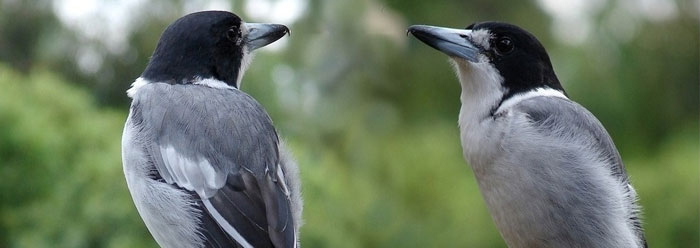Scientists at Cornell University wanted to improve photosynthesis in some crops to increase their yield for a hungry planet. How?
The authors developed a computational technique to predict favorable gene sequences that make Rubisco, a key plant enzyme for photosynthesis. The technique allowed the scientists to identify promising candidate enzymes that could be engineered into modern crops and, ultimately, make photosynthesis more efficient and increase crop yields.2
A commendable effort. But then the article states, “Their method relied on evolutionary history.” In other words, they’re resurrecting “ancient” Rubisco genes from 20-30 million years ago. Unable to obtain direct samples of 25-million-year-old Rubisco genes, the Cornell “study describes predictions of 98 Rubisco enzymes at key moments in the evolutionary history of plants in the Solanaceae family, which include tomato, pepper, potato, eggplant and tobacco.”2
But they never really appealed to evolutionary stages (“deep phylogenetic analyses”3) in the distant past. Instead, they used sequences of Rubisco in existing plants.
"By getting a lot of [genetic] sequences of Rubisco in existing plants, a phylogenetic tree could be constructed to figure out which Rubiscos likely existed 20 to 30 million years ago" said Maureen Hanson, the Liberty Hyde Bailey Professor of Plant Molecular Biology in the College of Agriculture and Life Sciences. [italics added]2
In other words, a non-Darwinist could do this survey with no appeal to cryptic and imprecise phylogenetic (evolutionary) trees of non-existent, reconstructed Rubisco enzymes.
Indeed, there is no evidence of Rubisco having evolved from an ancestral molecule many millions of years ago, “Although RubisCO has been intensively studied, its evolutionary origins and rise as Nature's most dominant carbon dioxide (CO2)-fixing enzyme still remain in the dark.”4 Evolutionists can only “speculate on the evolutionary roots of the CO2-fixation reaction of RubisCO....”
Rubisco was created as Rubisco thousands of years ago during the creation week.
Although there was no “resurrection” of ancient Rubisco enzymes, there was definitely a physical Resurrection of our Creator and King 2,000 years ago.
References
1. Sherwin, F. Photosynthesis Continues to Amaze. Creation Science Update. Posted on ICR.org March 14, 2019, accessed April 26, 2022; Thomas, B. Photosynthesis uses quantum mechanics. Creation Science Update. Posted on ICR.org June 25, 2012, accessed April 26, 2022.
2. Ramanujan, K. Scientists resurrect ancient enzymes to improve photosynthesis. Cornell Chronicle. Posted on news.cornell.edu April 15, 2022, accessed April 26, 2022.
3. Lyn, M. et al. 2022. Improving the efficiency of Rubisco by resurrecting its ancestors in the family Solanaceae. Science Advances. 8 (15).
4. Erb, T. and J. Zarzycki. 2018. A short history of RubisCO: the rise and fall (?) of Nature's predominant CO2 fixing enzyme. Current Opinion in Biotechnology. 49: 100-107.
*Dr. Sherwin is Research Scientist at the Institute for Creation Research. He earned an M.A. in zoology from the University of Northern Colorado and received an Honorary Doctorate of Science from Pensacola Christian College.





















